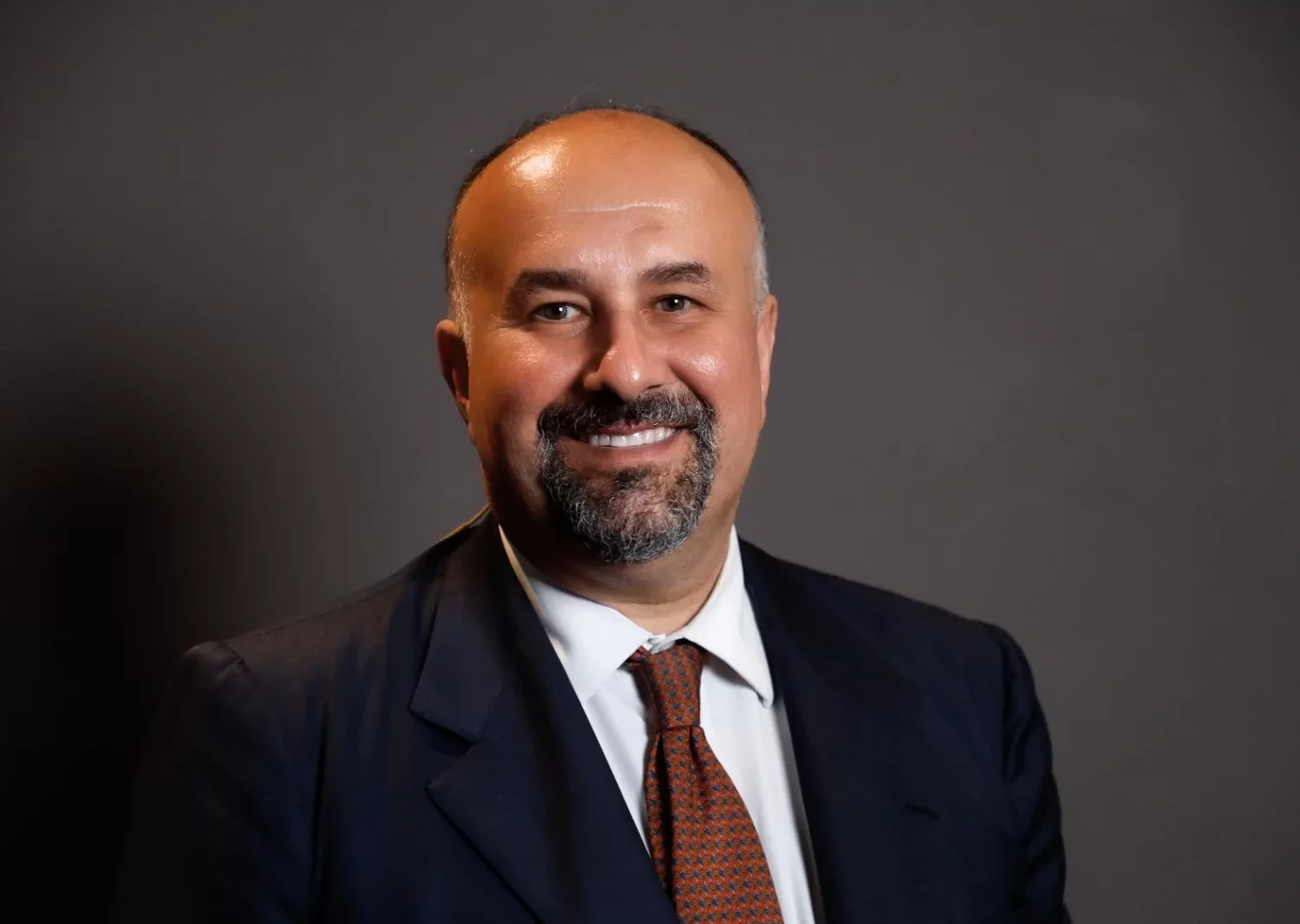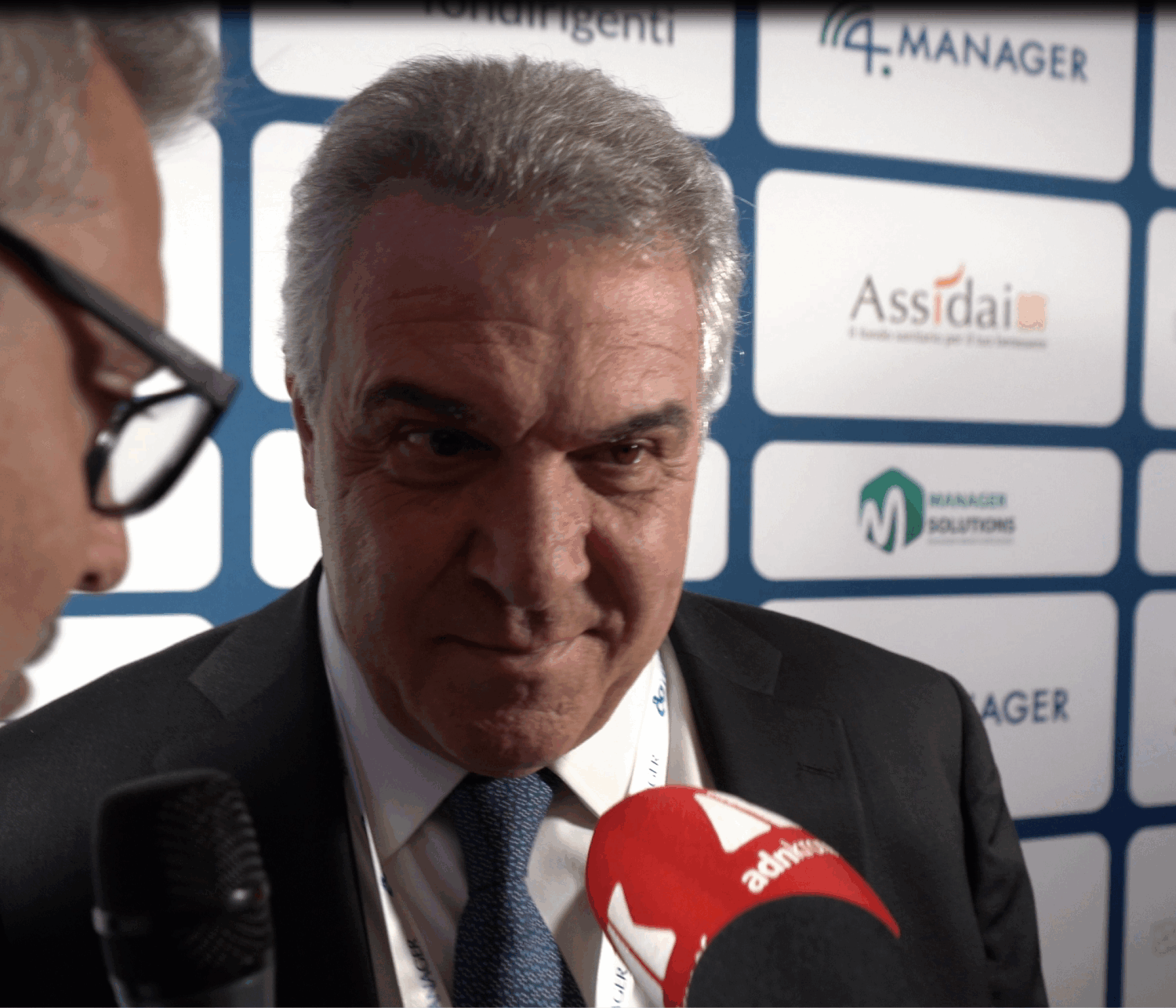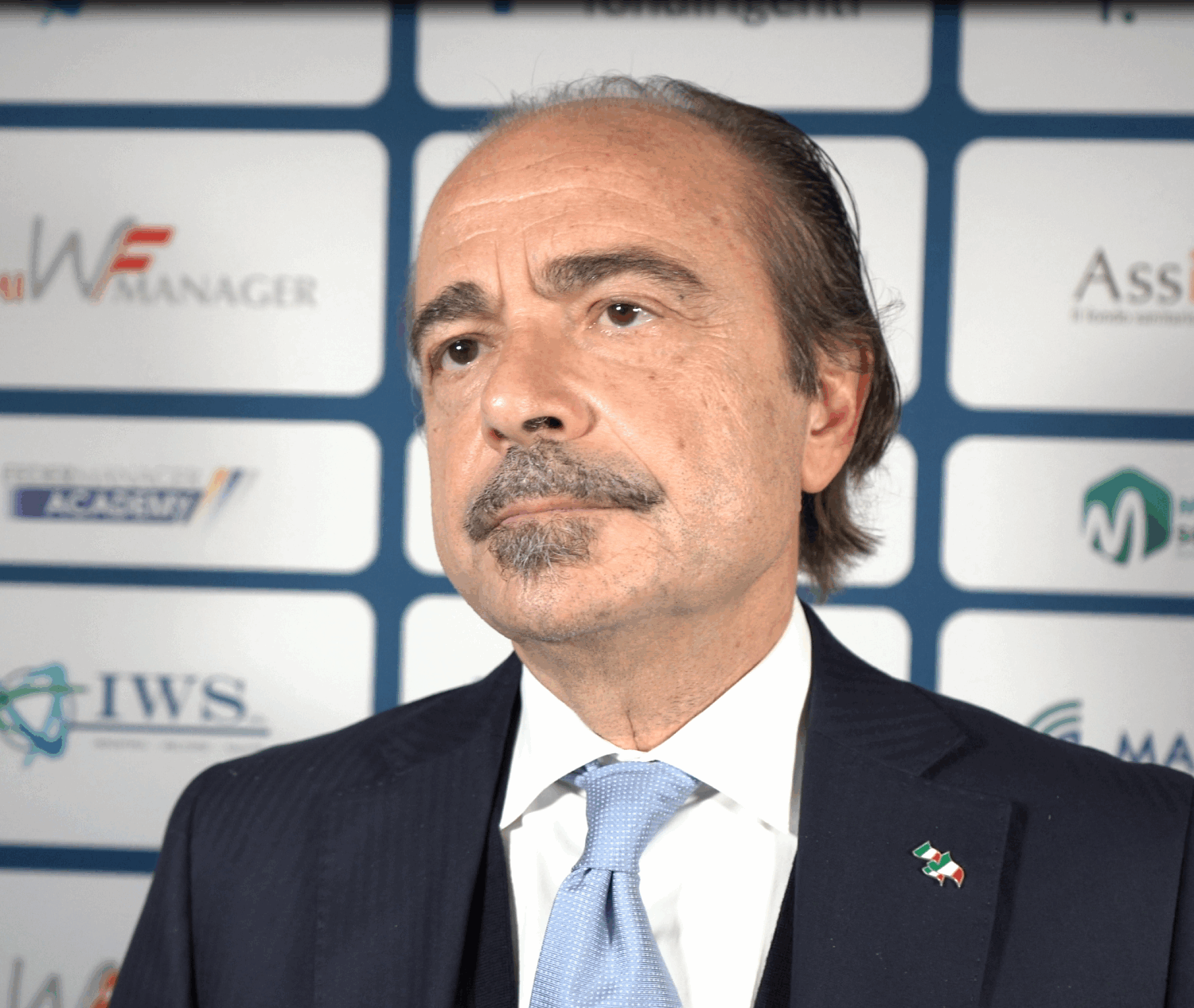Manager in the field of infrastructure and energy, cultural promoter and creator of the Festival del Sorriso, Diego Righini intervened at the microphones of the New York in the podcast Portraits telling his professional path and his vision on the bridge on the Strait of Messina, one of the most controversial and symbolic works of recent Italian history.
«I was born in the institutions, having worked as a young secretary of the Vice-President of the Chamber, Publio Fiori. It was an extraordinary gym to understand the mechanisms of politics and administration”. From there the passage to the entrepreneurial world, with a career built between railway yards and highways: «In the last fifteen years I have devoted myself to geothermal, a clean energy source that exploits the heat of the earth, but also to social cinema with the Festival of Smile, dedicated to diversity and inclusion».
At the heart of the interview, the work that most divides and fascinates the country: the bridge on the Strait of Messina. Righini explained the technical and numerical outlines with the competence of those who know the world of the great infrastructures: «The bridge will be the longest in Europe, almost four kilometers, and will connect Villa San Giovanni to Messina. It will cost about 13 billion and a half euros, will host three lanes per direction of march and two railway tracks in the center”.
An imposing structure, 399 meters high, that according to Righini “will definitively unite Sicily to the rest of Italy, completing the territorial continuity of the Country”. But not only: “It will also be a symbol of international tourism, a destination like the Golden Gate Bridge or the Tower Bridge. A work that will represent the engineering genius and the vision of Italy”.
The Italian debate, however, remains on and often ideological. Righini denounced its cyclic nature: “Every great work in Italy is born of controversy and distrust. It happened with the Motorway of the Sun, when many questioned the utility. Nobody would do that today. The same happened with the High Speed: at the beginning there were only unique tracks and trains waiting in the station. Then, with four dedicated tracks, mobility has changed forever”.
For this reason Righini affirms with conviction that “the bridge on the Strait will be a good and just work, as were the Motorway of the Sun and the High Speed”.
On the administrative level, the Roman manager clarified the situation after the referral of the Court of Auditors, which asked for documents. “This is not a rejection of the project,” he said. “80-90% of the documentation is complete. It only needs to integrate 10% of administrative material. They are simple technical complements, that the company “Ponte sul Stretto di Messina”, led by the administrator Dr. Ciucci and his technicians, can produce in a short time. Once the documentation has been completed, the CIPES can reapprove the deliberation and the Court of Auditors give the final clearance.”.
Two, according to him, the possible roads: “One is the institutional one, which completes the acts and strengthens the legitimacy of the project. The other, more rapid but risky, is an intervention of the Council of Ministers that directly authorizes the start of the work”.
Righini has no doubt about what is the wisest way: “I want to wait a few months and have an unassailable project. Completing the profiles of legitimacy protection from any actions and makes the work more solid even on the political level”.
The times, however, do not seem far: “If you choose the quick way, you could leave already in February; in April. In any case, six years after laying the first stone the bridge will be accessible. I guess in 2032. It is not a dream, it is a concrete goal”.
But why should a project like this also affect the international public and Italian-Americans? “Because it represents Italy that builds, innovates and looks forward. Americans have always loved the great symbolic works, and the Italian-American community continues to feel part of our history. In addition, several American companies will participate in the construction of the bridge: it will be an authentic economic bridge between the two countries”.
Hence the proposal to present the project to the National Italian American Foundation: “It would be nice to tell it as an act of trust in the future of Italy”.
In the dialogue with New York, the portrait of a professional who believes in the strength of infrastructure as a development lever, but also in culture as a form of social cohesion: “Every activity, from enterprise to culture, comes from the same idea: create bridges, not only concrete but values. Thanks to you of the New York for the opportunity to tell a project that covers all: Italian, Italian-American and citizens of the world”.
The article Diego Righini: “The bridge on the Strait will be a good and just work, like the Motorway of the Sun and the High Speed” comes from IlNewyorkese.






